
NAASC Awardees for ICAR 2022-Belfast
Blog1. NAASC have had diversifying awards for the annual Arabidopsis conference (ICAR) in place since 2004, and have been thinking about this and planning around DEI, particularly with respect to race and ethnicity, career stage, and gender.
2. We have made progress over the years, particularly with our…
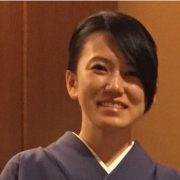
Yuko Yamamoto: Plant Direct First Author
Plant Direct: Author Profiles
Yuko Yamamoto, first author of "Enhancement of Arabidopsis growth by non–24 hour day–night cycles"
Current Position: Researcher in TOYOTA BOSHOKU CORPORATION, Japan
Education: PhD in Graduate School of Bioagricultural Sciences at Nagoya University (Japan), working at TOYOTA BOSHOKU CORPORATION…

Jing Peng: The Plant Cell First Author
Blog, The Plant Cell: Author Profiles
Jing Peng, first author of “COP1 positively regulates ABA signaling during Arabidopsis seedling growth in darkness by mediating ABA-induced ABI5 accumulation”
Current Position: Postdoc, China Agricultural University
Education: B.S. (2016) from Shanxi Agricultural University; Ph.D. (2022) from…

Chloroplast protein import determines plant proteostasis and retrograde signaling (bioRxiv)
Plant Science Research WeeklyThe neurological condition Huntington’s disease is caused by mutated versions of the Huntingtin gene that encode expanded stretches of polyglutamine repeats, resulting in protein aggregation. However, despite the widespread presence of polyglutamine repeat regions in plant proteomes, similar pathologies…
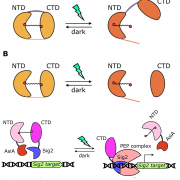
A synthetic switch based on orange carotenoid protein to control blue-green light responses in chloroplasts (Plant Physiol)
Plant Science Research WeeklySynthetic biology aims to engineer and redesign components of natural organisms for useful purposes. One of the most prolific areas of synthetic biology is based on the engineering of photoreactive proteins with signaling potential, such as photoreceptors. Natural photoreceptors consist of a prosthetic…
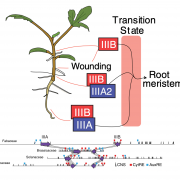
A conserved superlocus regulates above- and belowground root initiation (Science)
Plant Science Research WeeklyThe vascular plant body composed of root and shoot is specified during embryogenesis, but most flowering plants can also develop additional root systems post-embryonically: lateral roots, as a response to wounding, or shoot-borne roots (“adventitious” roots, literally meaning “in the wrong place”).…
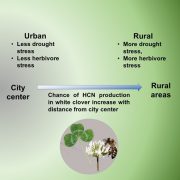
The urban environment led to unintended adaptive evolution in plants (Science)
Plant Science Research WeeklyGenerally, evolution is driven by natural selection, but not always. Human activities lead to the creation of unique niches, and other organisms must adapt accordingly. Cities are unique niches that are significantly different from rural areas and natural conditions. The urban habitat provides plants…
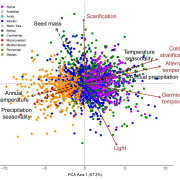
Climate shapes the seed germination niche of temperate flowering plants: a meta-analysis of European seed conservation data (Ann. Bot.)
Plant Science Research WeeklyThe seed germination niche is the set of environmental conditions in which a seed can germinate. This collection of requirements is expected to be tuned to the climate each species encounters in its natural habitat, but this hypothesis remains to be formally tested. Here, Carta and colleagues make use…
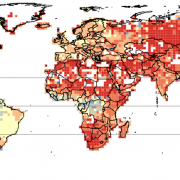
Seed dormancy in space and time: global distribution, paleo- and present climatic drivers and evolutionary adaptations ($) (New Phytol.)
Plant Science Research WeeklySeed dormancy is widely recognized as a key mechanism to ensure that germination takes place under the most suitable conditions. Such is its importance that multiple studies have described the morphological, physiological, and genetic mechanisms behind it, yet its global distribution and the past and…

